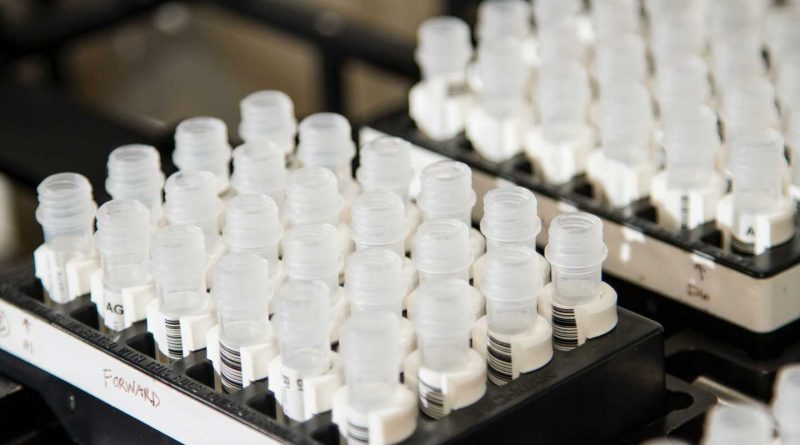Crucial link found between arthritis, liver disease and a common genetic condition

New Edith Cowan University (ECU) research has identified a crucial link between arthritis and the risk of serious liver disease in people with Australia’s most common genetic condition.
An estimated 100,000 Australians carry the high-risk genotype for Hemochromatosis, a condition affecting people of northern European descent which sees the body accumulate too much iron.
It can lead to many complications, one of the most serious being advanced hepatic fibrosis, which affects the liver and can lead to cirrhosis and liver cancer.
However, early detection of advanced hepatic fibrosis can assist clinicians in identifying those most at risk and reducing the impact or occurrence of future complications.
ECU researchers collaborating with colleagues at the QIMR Berghofer Institute for Medical Research have discovered arthritis is a strong predictor for development of clinically important liver problems in people with Hemochromatosis.
Published in the Mayo Clinic Proceedings, the research studied 112 people with Hemochromatosis.
Of the 19 people with advanced stage 3-4 liver fibrosis, 84 percent also had arthritis.
However, of the 65 subjects without arthritis, only 5 percent had advanced hepatic fibrosis.
Senior author Professor John Olynyk said these results had many implications for those living with Hemochromatosis, or at risk of developing it.
“Since hepatic fibrosis improves with treatment, it is important to accurately determine the presence or absence of advanced hepatic fibrosis when patients are evaluated,” he said.
“We recommend people with hemochromatosis who present with arthritis be properly evaluated for the presence of advanced hepatic fibrosis.”
Professor Olynyk said the study could also save many people from undergoing unnecessary procedures.
“Those with hemochromatosis, but who do not have arthritis at diagnosis, are highly unlikely to have advanced hepatic fibrosis, which may negate the need for an initial liver biopsy,” he said.
“Instead, they can be monitoried for the development of fibrosis via non-invasive methods.”
Professor Olynyk said the link with arthritis could help diagnose more people with Hemochromatosis, which can often be difficult due to many symptoms being relatively non-specific and common in the general population.
“People of the correct background presenting with arthritis or liver disease should always be evaluated for potential Hemochromatosis—especially when it is not clear as why the problem exists,” he said.
Source: Read Full Article



